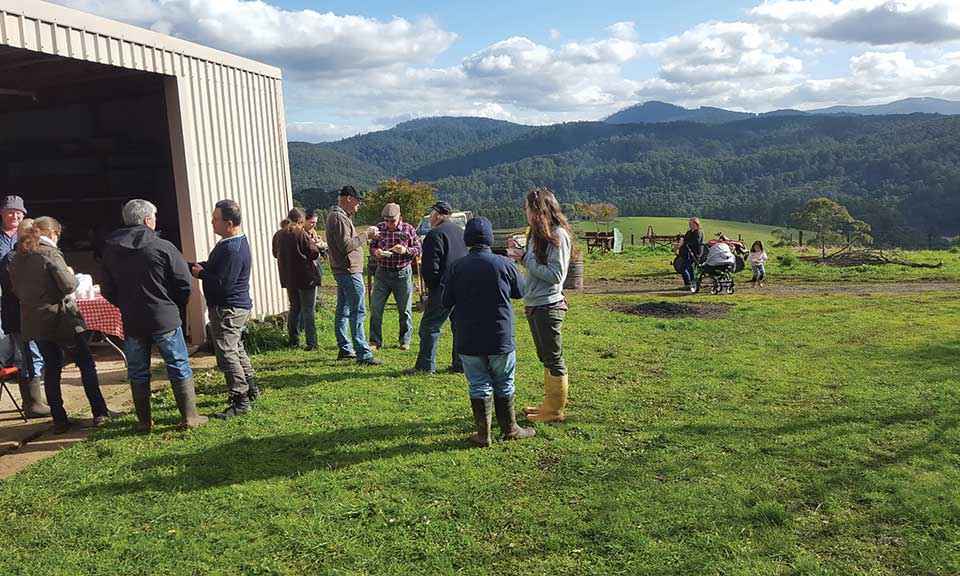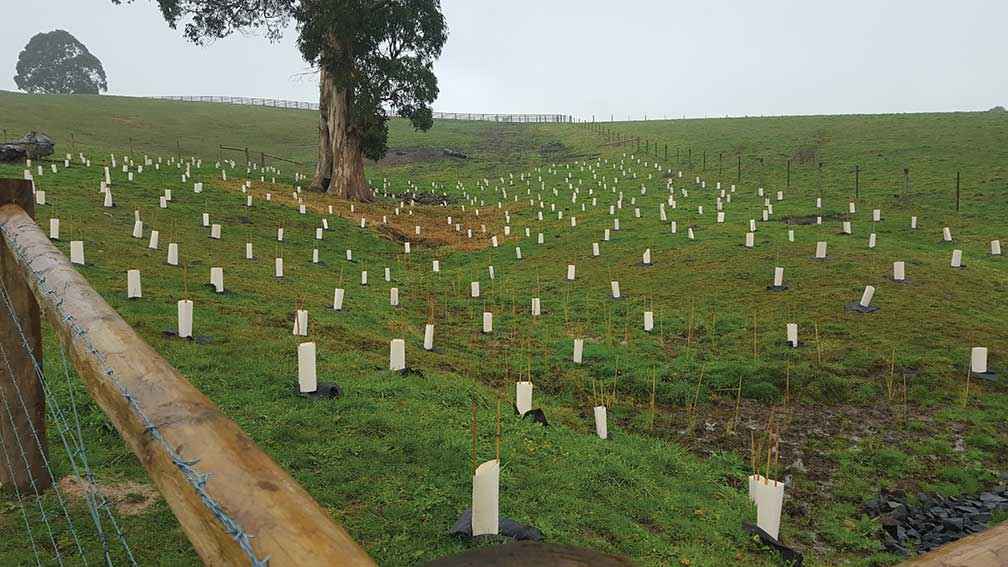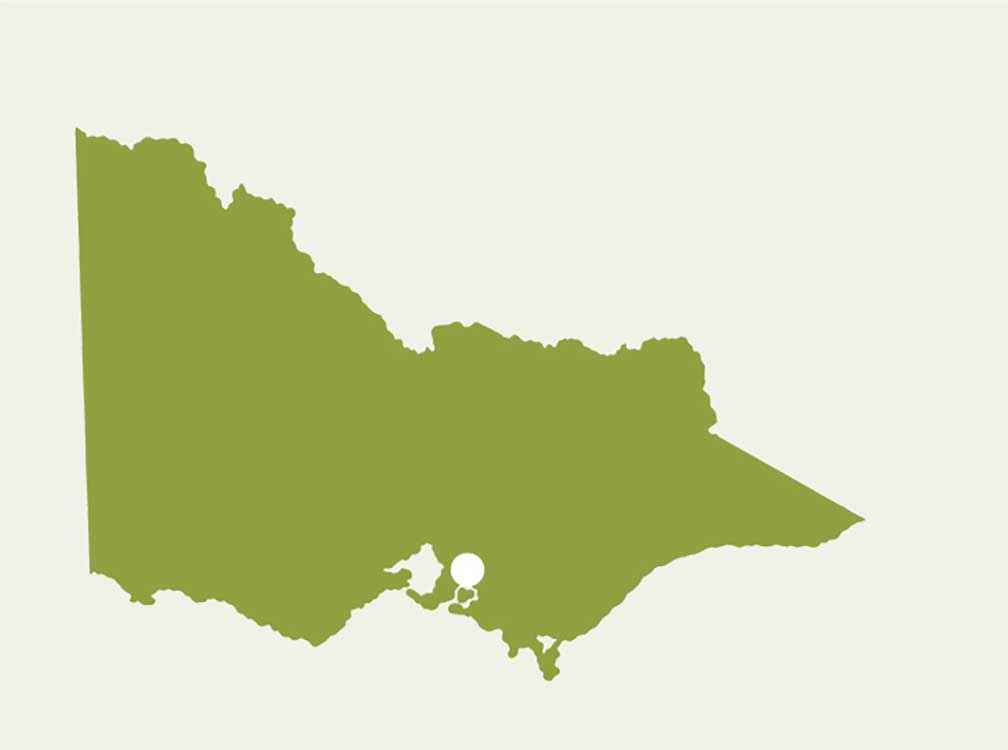Victorian Landcare Magazine - Summer 2018, Issue 71

Neerim and District Landcare Group
The importance of rivers and wetlands in the natural water cycle is now well recognised. Most of our communities understand the role of rivers and wetlands in distributing water and nutrients and providing habitat and food for flora and fauna.
However, in the 1990s some rural property owners believed that rivers could take care of themselves and intervention by government authorities and conservationists was undesirable and unwarranted.
One of the Victorian waterways then increasingly under challenge was the Tarago River, which rises in the Tarago State Forest, approximately 80 kilometres east of Melbourne and flows through mainly rural land before it reaches the Tarago Reservoir at Neerim South. The Tarago Reservoir supplies drinking water for Western Port and the Mornington Peninsula.
The Tarago River is classified as environmental water, which means that it is a river that benefits the environment, because water is set aside and managed for plants and animals.
Because the river and reservoir are surrounded by dairy and beef farms, the biggest impact on water quality has been polluted run-off in the catchment from the adjoining farm properties, exacerbated by fouled creeks and degraded riparian environments.
Melbourne Water conducted weed control, willow control and tree planting throughout the catchment in the 1990s, but without any engagement from the community.

Above: A Tarago Catchment Sustainable Farms Project that provided fencing and revegetation in an eroded area above a paddock spring.
In 2002 Neerim District Landcare Group (NDLG) partnered with Melbourne Water to develop an integrated catchment management plan for the reservoir. The plan was put together in conjunction with Baw Baw Shire Council, the then Department of Natural Resources and Environment, Gippsland Water, the Victorian Farmers Federation, the Victorian Environment Protection Agency, and a representative group of catchment residents.
After the plan was agreed in 2003, NDLG Secretary Mike Haughton initiated the first round of funding applications for a three-year program, and the Tarago Catchment Sustainable Farms Project was born.
The aim of the project is for sustainable land management rather than improving water quality within the Tarago River or Tarago Reservoir. Improved water quality is a bioproduct and outcome of sustainable land management, along with enriched biodiversity, and less nutrient runoff.
The project has a number of uncommon features. It is essentially a local, community-run project with Melbourne Water happy to act as a silent partner. It relies on the use of local service providers and suppliers, which supports a strong local economy, and there is a lot of goodwill and significant in-kind support between all project partners.
The project has the freedom to trial experimental approaches to community engagement and capacity building, supported by funders and partners. There is also freedom to fund on-ground works that do not fit standard Melbourne Water Stream Frontage Management Program criteria. Variable fencing subsidies are available, along with minimum fencing offsets.
In the past 15 years the project has seen more than 60 kilometres of new stock-proof fencing built, approximately117 hectares of unproductive land revegetated, almost 18 hectares recovered from willow infestation and the planting of 227,000 native plants.
Sean Dignum is President of Neerim District Landcare Group.
For further information email sean@dignum.com.au

Above: Location of Neerim District Landcare Group